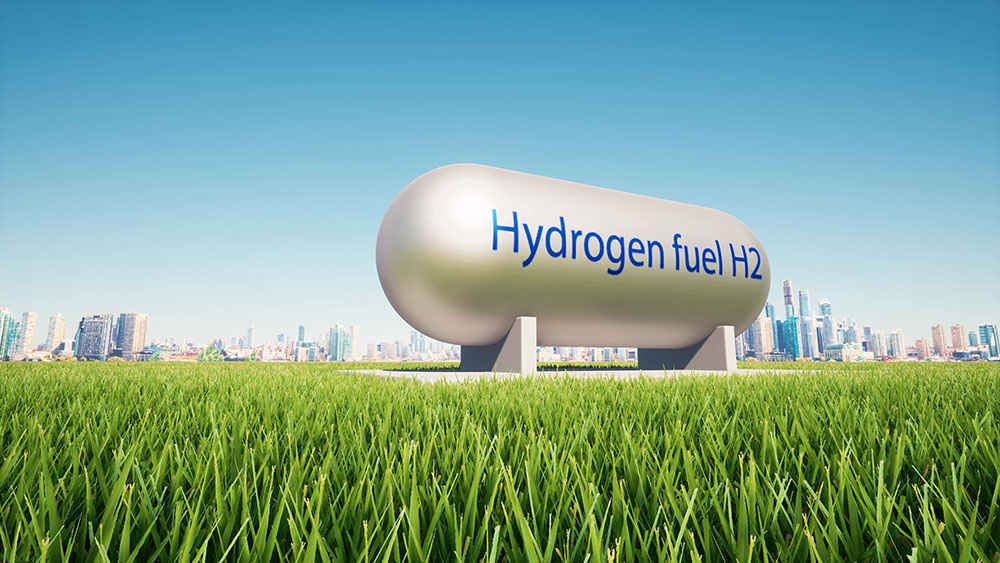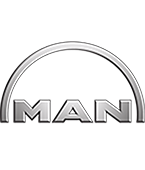E-mobility and hydrogen
10. January 2022

Don’t think that hydrogen has nothing to do with e-mobility. On the contrary. The hydrogen supplies electricity for the drive system, which therefore continues to run electrically. At the moment, for privately operated vehicles, it is becoming apparent that, at least in the next 10 to 20 years, the energy for the batteries that supply the power will come from the socket.
But in the case of trucks and semitrailers, with their completely different requirements in terms of range and energy supply, hydrogen has now gained a big lead. To be sure, there is something of a race going on in such battlegrounds as raw material supply and battery performance, ecological hydrogen production and safe storage in small spaces. But it is certain. Not only is the end of the internal combustion car in sight, but so is the end of the division of the market into definable industries and companies. Of course, the current delivery delays set us back a bit.
Due to Corona, huge ports in China had to close temporarily, and prices for container transport have exploded. In addition, there is a shortage of truck drivers, and not just in the UK. The lack of transport supplies for important semiconductors and some raw materials has already led to the shutdown of entire assembly lines at Mercedes Benz, not to mention empty supermarket shelves on the British Isles. But these interruptions in global logistics should be over by mid-2022 at the latest. By the way, the missing truck drivers are to be replaced by autonomously driving trucks in the long term.






















